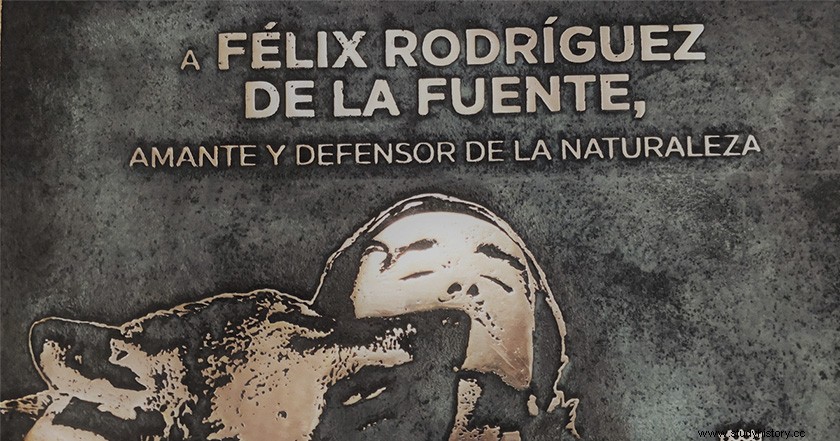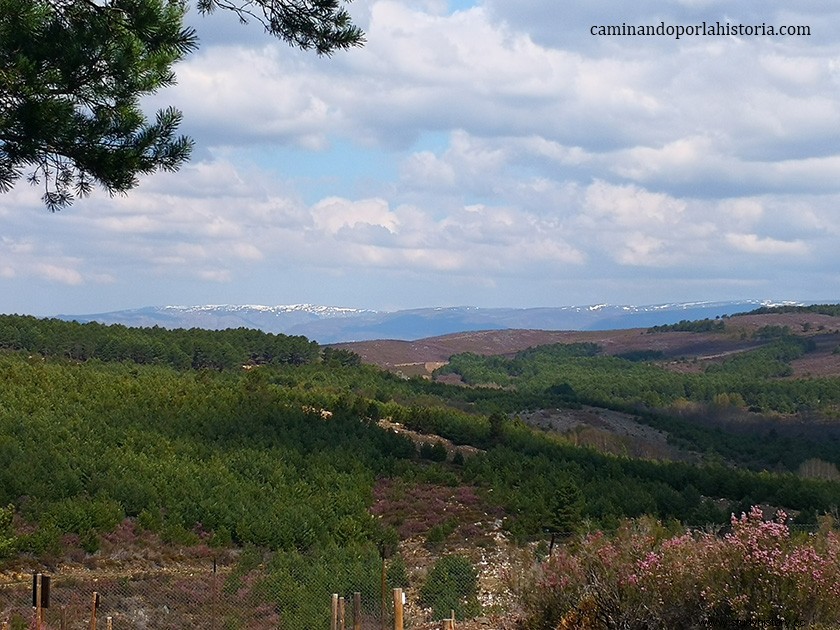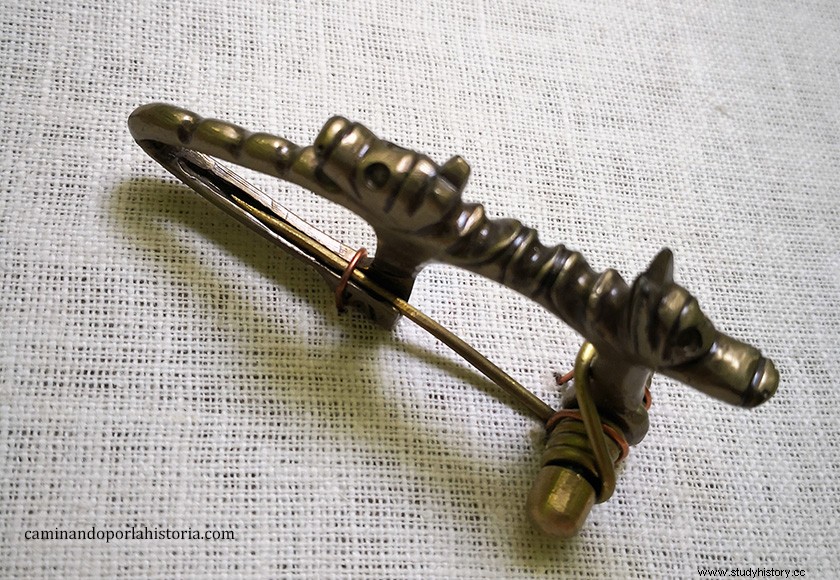
Walking through history sometimes leads us to meet with very unique spaces. Here we like to describe and show places that have been protagonists of our history, with a special predilection for Ancient and Medieval History, those of you who accompany us I suppose you can attest to this. The place that we want to show you today departs from the usual canons of this communication space that is Walking through history, but without a doubt, this place in the Sierra de la Culebra of Zamora deserves to accompany us.

The Sierra de la Culebra, one of the best preserved rural areas in Spain.
About Félix Rodríguez de la Fuente, it is evident that any of us who have already begun to "comb gray hair" are incapable of forgetting that morning of March 14, 1980. news that came from Alaska and told us that "our friend Félix" had died in a plane crash, traveled to all corners of this country.
We owe Félix Rodríguez de la Fuente much more than those exciting minutes in front of the television, in which he showed us the fauna of this and other countries. I do not have figures, but it is curious that a person who was not a biologist, since Félix had a degree in Medicine, was the person who most aroused curiosity about this discipline in Spain. Many biologists in this country can surely corroborate it. But we owe much more to this Burgos native from Poza de la Sal:anyone, like me, who likes nature, we owe thousands and thousands of kilometers of protected spaces that we can enjoy today.
But without a doubt the one who owes him the most is his traveling companion in this story. The extinct wolf in much of Europe or America, enjoys good health in this country thanks to the efforts against all odds of Félix Rodríguez de la Fuente. At a time when it was not easy to fight against the interests of the most conservative layers of this country, he was able, with his example and work, to initiate the conservation policies that saved this species.
A species on the other hand that raises a lot of controversy. Personally, I am the grandson of a pastor, whom unfortunately I hardly ever got to know. I know that he developed his work activity between the lands of Extremadura and the Montes de León, in the first part of the 20th century. But if I was lucky enough to know some of the stories that his sons and daughters knew, my mother or my uncles used to tell me about the usual encounters between shepherd and wolf, undoubtedly difficult enemies to reconcile, even today. Q> 
Medieval engraving, where shepherds try to scare away the wolves.
Iberian Wolf Center of Castilla y León.
Located in the province of Zamora, a few kilometers from the tourist town of Puebla de Sanabria, we find this reference center for the conservation of this species in Europe. I cannot fail to pass up the opportunity to thank the magnificent explanations of Carlos Sanz, one of the complex's biologists and who, by the way, learned the trade alongside the reviled Félix Rodríguez de la Fuente. It is true, Mr. Carlos, deep down we all have reluctance to see animals in captivity. But it is also true that these spaces are a lifeline, both for some individuals of the species, and for the species itself, thanks to the lessons that people like you transmit to society. I invite you to read this article by Carlos Sanz:laopiniondezamora.es

Carlos Sanz, the Center's biologist, with two of the specimens.
Apart from the possibility of seeing some wolf specimens, this Iberian Wolf center gives us the opportunity to bring us closer to different aspects related to this animal. Its magnificent Interpretation Center is divided into four zones:In the first one, converted into a laboratory, it shows us the most technical section of the work of biologists dedicated to the protection of the wolf. Next, we find a small room dedicated to understanding the way of life of these animals, their hunting habits, or their social relationships. Another of the places you must visit is the audiovisual room, without a doubt a great idea, the report where actors transport us to the near past of the relations between wolves and men.
But what we like here is the story, so I thought I'd leave this section for last. Room number 3, dedicated to the relationship between man and wolf through thousands of years of coexistence, is undoubtedly the most interesting in the complex. We will learn how man began to domesticate the wolf in the Paleolithic, without a doubt he was the first animal to undergo this process. In the Neolithic he was already converted into man's best friend, the dog. But also in the most dangerous enemy, especially the ranchers.

Pre-Roman fibula with the figure of the wolf.

Romanesque capital with a wolf's head
From that moment the wolf began a path of coexistence with man. He was present in our mythology, we cannot forget that he was the one who raised the mythical founders of Rome. But also, since then he was persecuted by us, that we should not hesitate to change our laws in order to put an end to him. Its systematized persecution already appears in the times of Charlemagne, or in the numerous points referring to wolf hunting among the first municipal laws of the kingdoms of Castile or Aragon.
We can imagine that the 19th century was an ordeal for the Iberian wolf. Protagonist of children's stories and public enemy number one. In 1834, during the beginning of the reign of Isabel II, a hunt and capture against this species was enacted, 40 reales for each wolf, 60 reales for each she-wolf and 80 reales if she was pregnant. In the 20th century the situation even worsened, it is clearly considered a vermin that must be eradicated, in such a way that at the beginning of the 70s it was practically extinct. It was the narrated moment of the arrival of Félix Rodríguez de la Fuente, a few years later in 1973, at the first European meeting for the Conservation of the wolf, it is ensured that like all wild animals it has the right to live in its natural state.
I leave you the following website where you will find all the information to be able to visit the Félix Rodríguez de la Fuente Iberian Wolf Center.
www.centrodellobo.es
